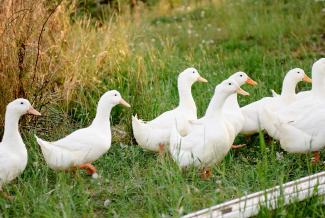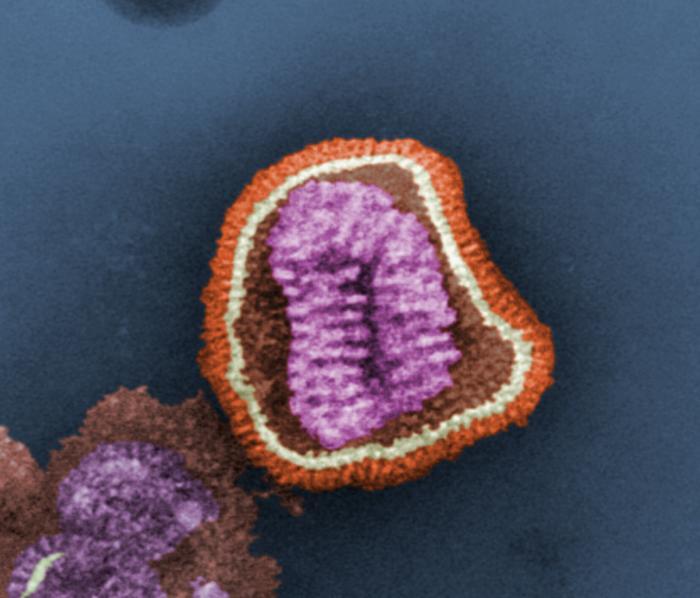High pathogenicity avian influenza H5N1 clade 2.3.4.4b natural infection in captive Humboldt penguins (Spheniscus humboldti)
Between 2020 and 2023, high pathogenicity avian influenza virus (HPAIV) H5Nx clade 2.3.4.4b caused devastating outbreaks across Europe and the United Kingdom among domestic poultry and wild bird populations. During winter 2022, unexpected mortality was observed in four of fourteen outdoor captive Humboldt penguins in a British zoological collection, without prior clinical signs. Swabs, one whole carcass and two heads were submitted for notifiable avian disease laboratory investigation. Clinical material was inspected by veterinary pathologists using an established post-mortem procedure and tissues were collected for official sampling according to a standard notifiable avian disease testing algorithm. A defined selection of tissues was tested using real-time reverse transcription PCR, whole-genome sequencing, histopathology and immunohistochemistry. Following molecular testing for H5N1 infection, positive results were detected in 5 of the 12 animals sampled. On gross examination of the carcass, generalised congestion was present. Histopathology revealed necrosis and acute inflammation, primarily in the spleen, liver and lungs. Immunohistochemistry demonstrated viral antigen in endothelial cells and lymphoid cells particularly in lung, spleen, liver, brain and heart muscle. This finding strongly suggests that endothelial cells and lymphoid cells are the primary targets for HPAIV infection in Humboldt penguins. Molecular characterisation identified the causative agent as HPAIV H5N1 clade 2.3.4.4b, genotyped as AIV223 according to the UK scheme. This was the first time that this genotype had been recorded in the UK. These findings provide novel insights into the pathobiology of this virus in naturally infected captive Humboldt penguins.Research Highlights Natural HPAIV H5N1 infection causes mortality and pathology in Humboldt Penguins.Molecular analysis identified the aetiology as a novel H5N1 clade 2.3.4.4b genotype.Immunohistochemical analysis demonstrated infection of endothelial cells and macrophages and reticular cells in lymphoid tissue.

